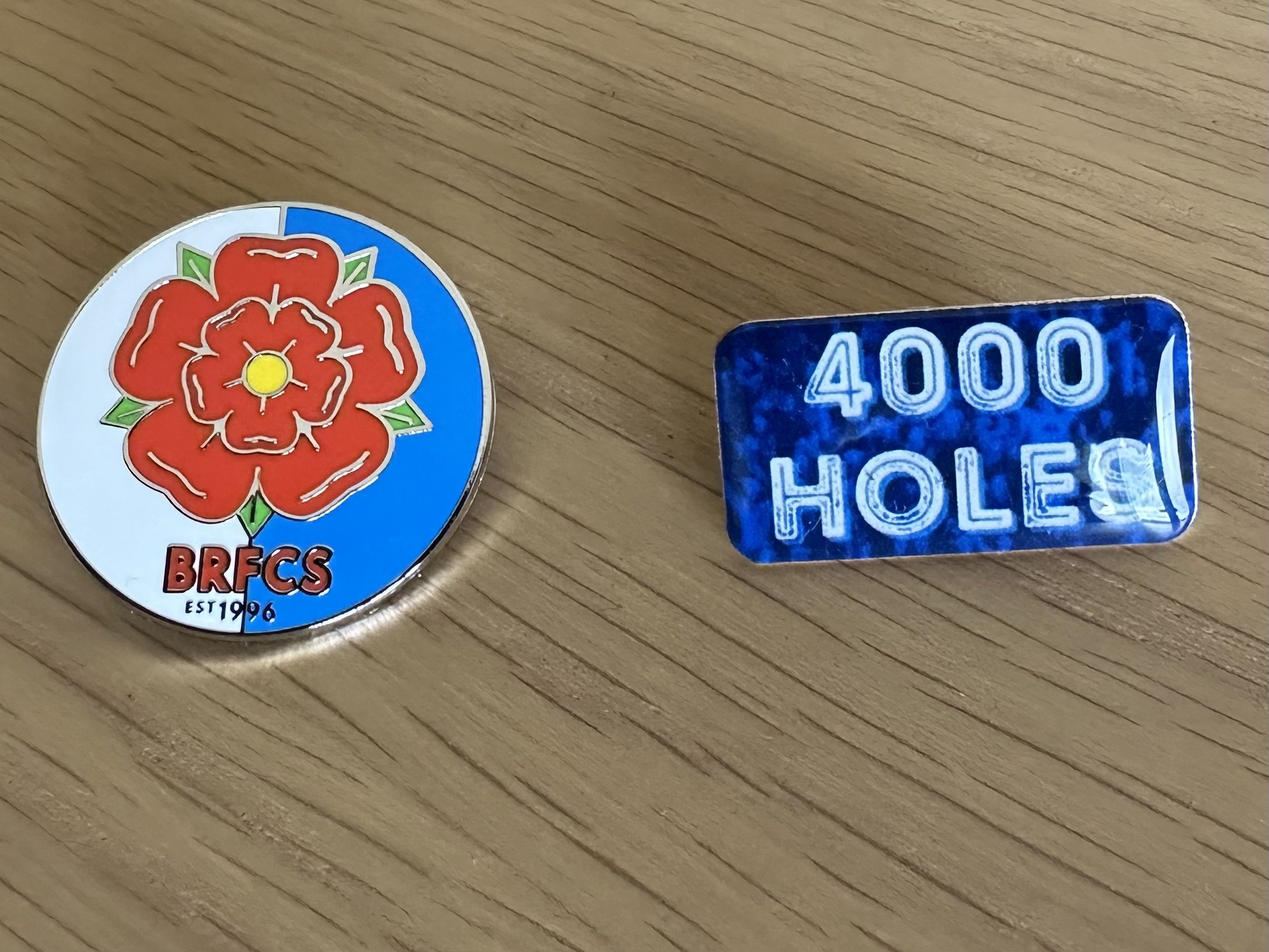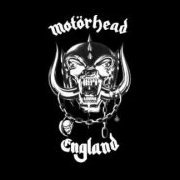-
Latest Products
-

1995 Names L/S Tee - Away
In Stock -

1995 Names L/S Tee - Home
In Stock -

Home Kit Rose Bobble Hat
In Stock -

Pink Chunky Knit Rose hat
In Stock -

Pink Snowstar Rose hat
In Stock -

Pin Badges
In Stock -

Away Kit Quarter Zip Sweatshirt
In Stock -

Away Kit 4000 Holes Bobble Hat
In Stock -

Away Kit Scarf
In Stock -

Pink 4000 Holes Beanie Hat
In Stock
-

BRFCS
 BY THE FANS, FOR THE FANS
BY THE FANS, FOR THE FANSSINCE 1996











Recommended Posts